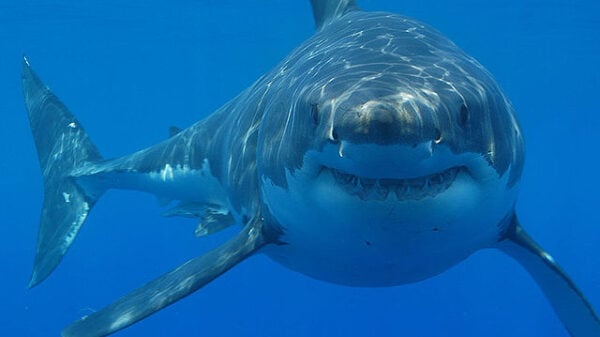The International Union for Conservation of Nature (IUCN) has 16,306 endangered species, including plants and animals, threatened to extinction. When the population of a species has gone down to a decline of between 50% to 70%, and less than 250 mature individuals are remaining of the species, the IUCN considers it “endangered.”
Here are some of the animals on the verge of extinction.
Javan Rhinoceros
Among the largest animal species on earth, the Javan Rhino is critically endangered, with only 67 of them being currently remaining in the world, confined in a park in the Indonesian Island of Java. Moreover, the Black Rhino and the Sumatran Rhino are both on the endangered animals’ list. In 2011, in Vietnam, a sub-species of the Javan Rhino became extinct.
The international rhino foundation and the rhino foundation of Indonesia (YABI) work together with the Ujung Kolon national park staff to protect and expand the rhinos’ habitats in the country.
Mountain Gorilla
The number of mountain gorillas has drastically decreased due to loss of habitat, diseases, and hunting. The mountain gorillas are from a network of parks bordering Rwanda, Uganda, and the Democratic Republic of Congo. Their number dwindled to a mere 1,000. The International Gorilla Conservation Program (IGCP) is constantly trying to save the gorillas. The three countries collaborated to provide social and political support for their conservation and a secure future.
Tigers
With only 3,500 tigers in the wild worldwide, the tiger is an endangered species. The two other species of tigers that are on the critically endangered list are the Malayan and the Sumatran Tigers. The goal of the Wildlife Conservation Society is to protect the tigers in the wild, to ensure their habitats are safe from human predators and poachers. The society also researches tigers to help aid their conservation.
Asian Elephants
The Asian Elephant is usually hunted for its ivory, skin, and even meat. Over 75 years, the population of Asian elephants has declined by almost 50%. There are only 20,000 to 40,000 Asian Elephants in the wild. These elephants are mostly in Thailand, India, Kenya, and Sri Lanka.
Snow Leopards
There are less than 6,500 snow leopards out in the wild today. Most of the snow leopard population is in China and Mongolia. Some are inhabitants of India and Kyrgyzstan. The primary threat to the snow leopard’s life is also from human poaching.
Blue Whales
The largest animal of the sea is the Blue Whale. You can find them in all the oceans of the world except the Arctic. Whaling reduced their population by up to 90%. The Blue Whale and its sub-species continue to remain at risk. They are prone to collisions with ships and often get entangled in fishing nets. However, the National Marine Fisheries Service of the US drafted a recovery plan to secure and safeguard the Blue Whales from harm.
Conclusion
The human impact upon animals has been greatly negative. The animal population has declined by more than two-thirds, while the human population has almost doubled. Research has shown that animal species become extinct at least 1,000 times faster because of human influence and impact.

























































